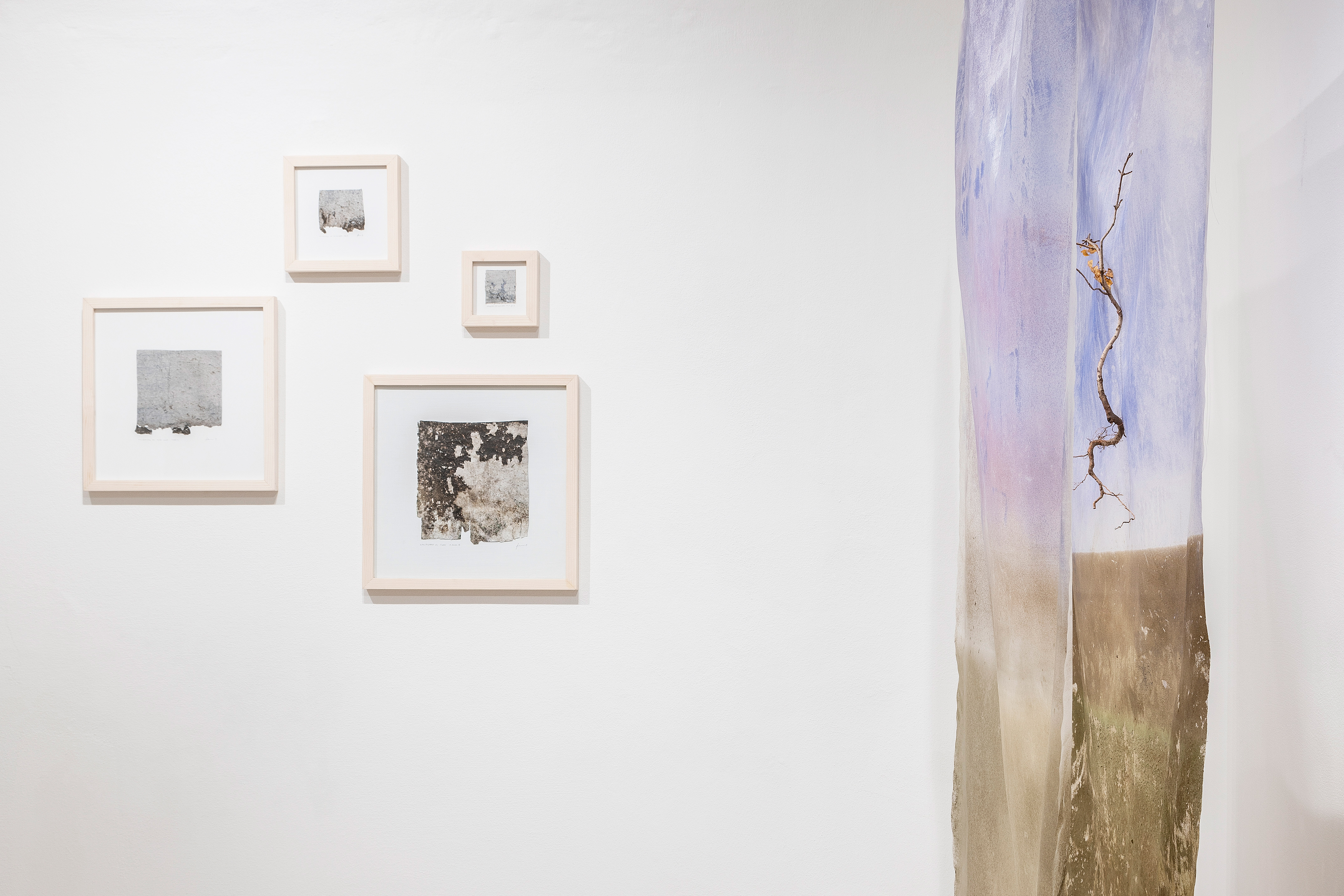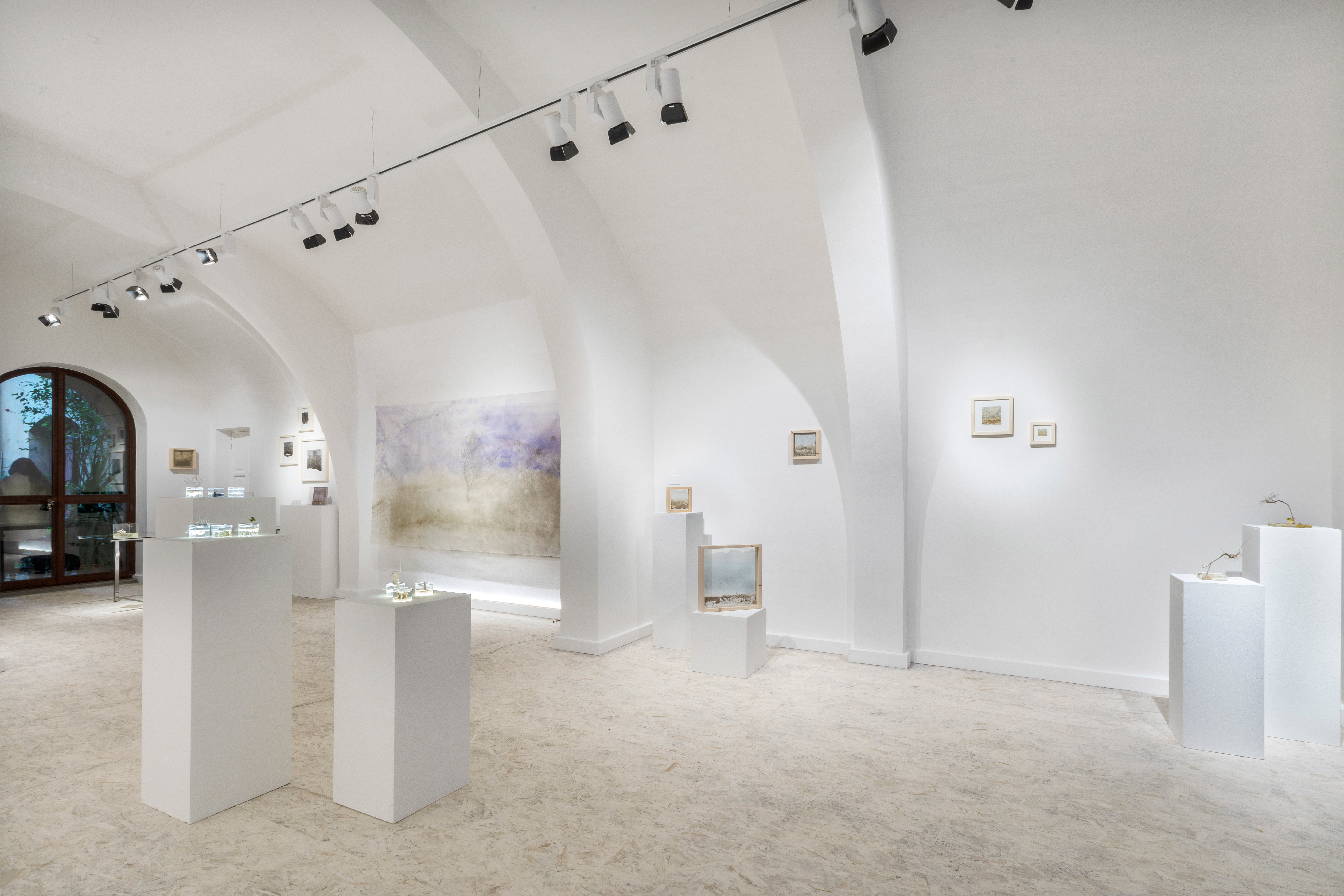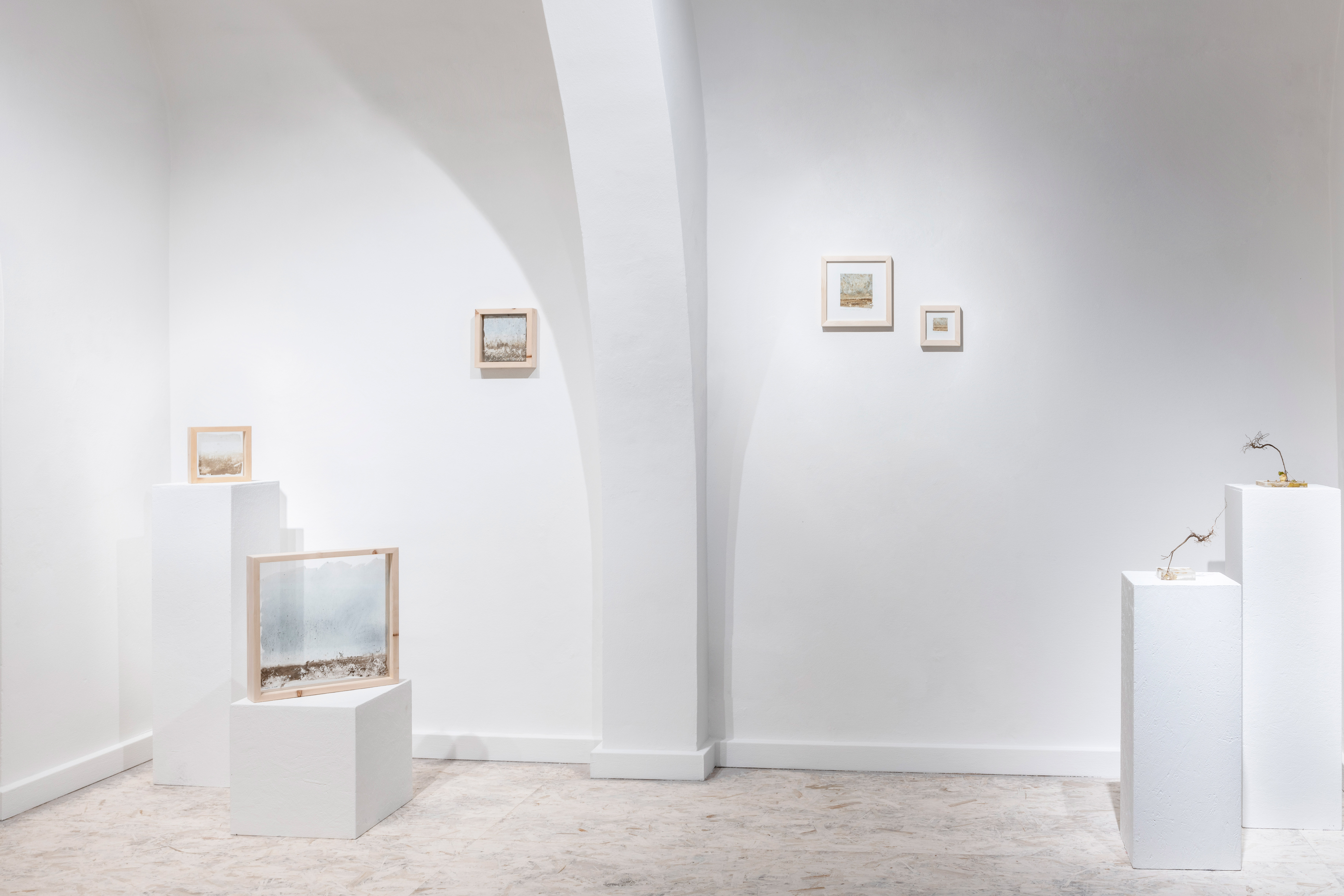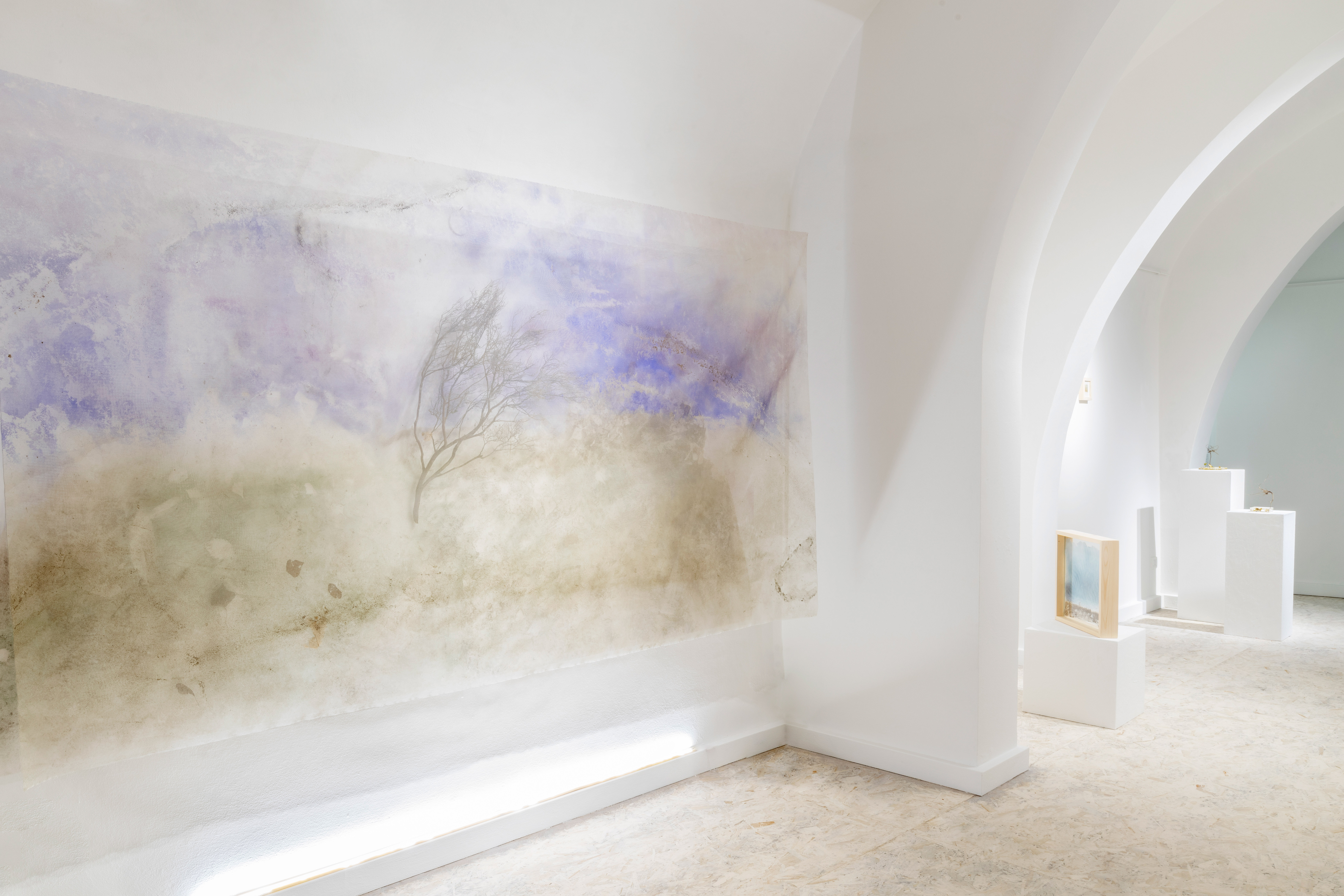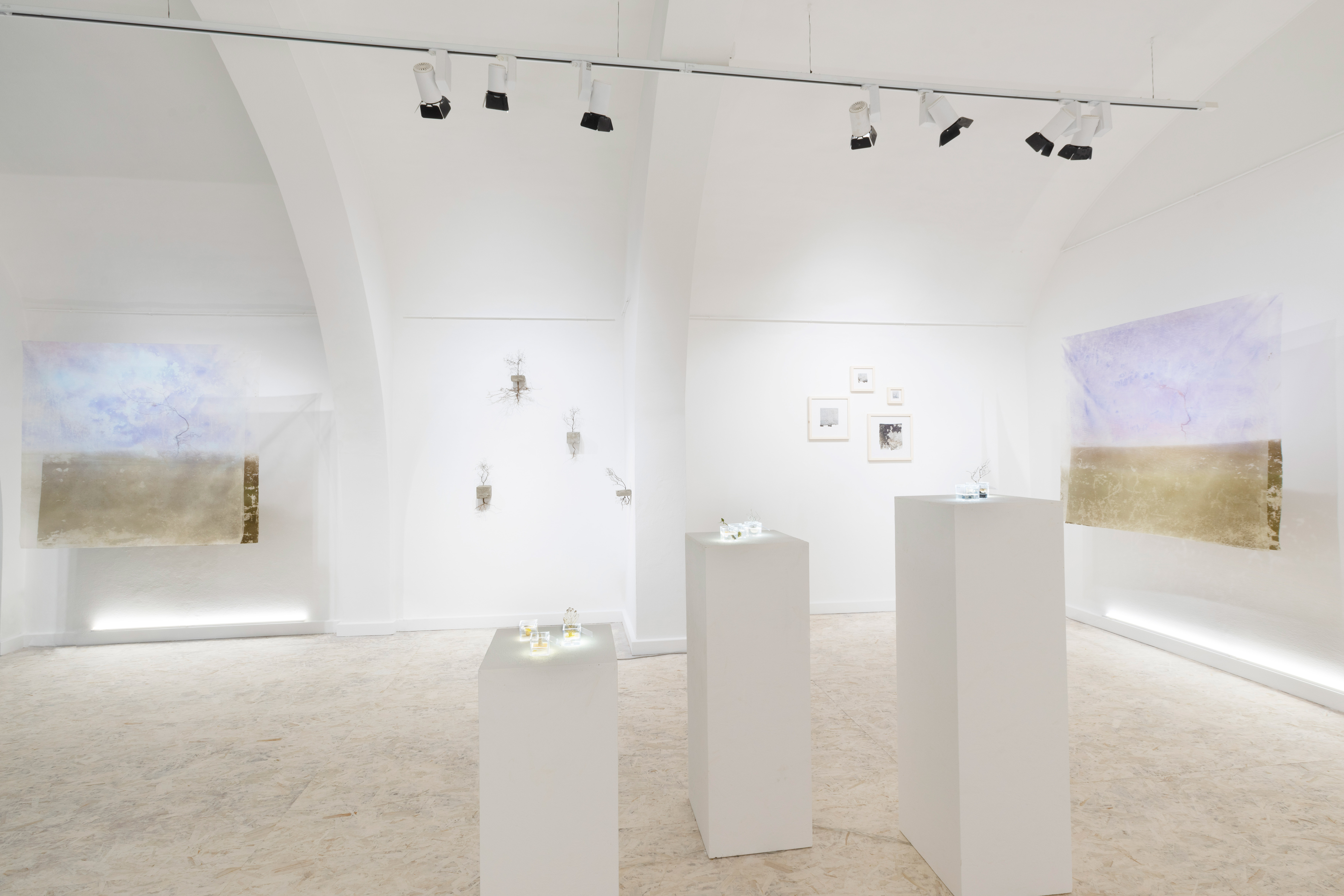ELSA
Nous Art Gallery, Comune di San Gimignano and Comune di Certaldo present a solo art exhibition:
ELSA
ROBERTO GHEZZI | INSTALLATION | NATUROGRAFIE
OCTOBER – FEBRUARY 2019
ELSA RIVER | NOUS ART GALLERY | SAN GIMIGNANO
“E se stati non fossero acqua d’Elsa
li pensier vani intorno alla tua mente”
Purgatorio, XXXIII, vv. 67-68
Sono le parole con cui, nell’ultimo canto del Purgatorio, Beatrice descrive i pensieri travisanti di Dante, rei di aver offuscato il suo ingegno proprio come i minerali gessosi e calcarei le acque del fiume toscano Elsa.
L’anima di ELSA è riflettere sul concetto filosofico di ‘interdipendenza’ tra uomo e natura, le cui radici affondano in tempi antichi: nelle tradizioni orali dell’antica India, nelle filosofie naturalistiche taoiste e chan cinesi, raggiungendo la massima raffinatezza e sintesi nelle dottrine Zen per cui l’essere umano è parte integrante del sistema, il tempo un continuo presente, passato e futuro facilitazioni concettuali che ben aderiscono alla schematicità della mente umana. Negli anni ‘70, grazie agli studi di Fritjof Capra, queste riflessioni sono ampiamente argomentate e rese accessibili anche al panorama intellettuale occidentale. La discussione sull’interdipendenza uomo-natura è stata centrale all’interno del movimento dell’Arte Povera; Germano Celant aveva già esaminato l’argomento in termini artistici ed estetici negli anni ‘60.
L’opera artistica di Ghezzi parte dall’individuo come elemento che si integra nell’ecosistema a cui appartiene, in un flusso continuo del tempo.
L’uomo-artista parte da una conoscenza del sistema natura e intraprende una ricerca interiore attraverso cui confrontarsi ogni giorno con avversità delle intemperie e riuscite spettacolari che rivelano una parvenza di perfezione.
Ciò raccolto in semplici ma raffinate tele sulle quali la maestria dell’uomo si converte in arte, sublimate dall’umiltà e dal rispetto con cui egli si approccia agli elementi: un senso di appartenenza atavico all’ecosistema, una circolarità in cui l’elemento umano è artefice del manufatto ma complice dell’ambiente in cui agisce, un’equilibrata simbiosi fra tutti gli elementi che costituiscono il caos ordinato in cui esplorare e da cui selezionare.
Fiumi, laghi, acqua in tutte le sue forme, ma anche aria, terra ed esseri viventi sono la tavolozza da cui Ghezzi preleva le sue tinte, il tempo della natura diventa quello della creazione e il susseguirsi del ciclo vitale quotidiana ispirazione.
Elsa è un organismo complesso quanto quello umano ma nelle cui vene scorre acqua, innervato da vite vegetali e animali e dalle loro storie, parlante una lingua che non sempre riusciamo a comprendere.
L’uomo, nella persona di Roberto Ghezzi, è un tramite: traduce per noi questo linguaggio. Grazie all’opera di Ghezzi, Elsa acquista voce per narrare le sue storie, diventa artista.
Elsa, nelle tele di Ghezzi, non è mai stata più viva.
Roberto Ghezzi è nato a Cortona nel 1978, dove attualmente vive e lavora. Nipote del noto artista cortonese Gino Ghezzi, inizia a dipingere molto precocemente, frequentando lo studio di scultura e pittura di famiglia.
Negli anni approfondisce la tecnica del suo linguaggio artistico presso la Scuola “Processi Percettivi” all’Istituto d’Arte Piero della Francesca di Arezzo e successivamente frequentando l’Accademia delle Belle Arti Di Firenze.
A partire dagli anni Novanta tiene personali in alcune tra le più prestigiose sedi espositive italiane e all’estero, realizzando opere, ricerche e residenze artistiche in luoghi selvaggi di Alaska, Islanda, Sudafrica, Tunisia e Norvegia.
Se le prime opere di Ghezzi hanno restituito il paesaggio naturale attraverso il suo sguardo, con una mimesi del dato fenomenico, l’attuale ricerca, rimodulando il rapporto tra rappresentazione e realtà e tra artista ed opera, ha portato al totale abbandono dei consueti strumenti pittorici in favore di un nuovo modo di concepire l’espressione artistica stessa.
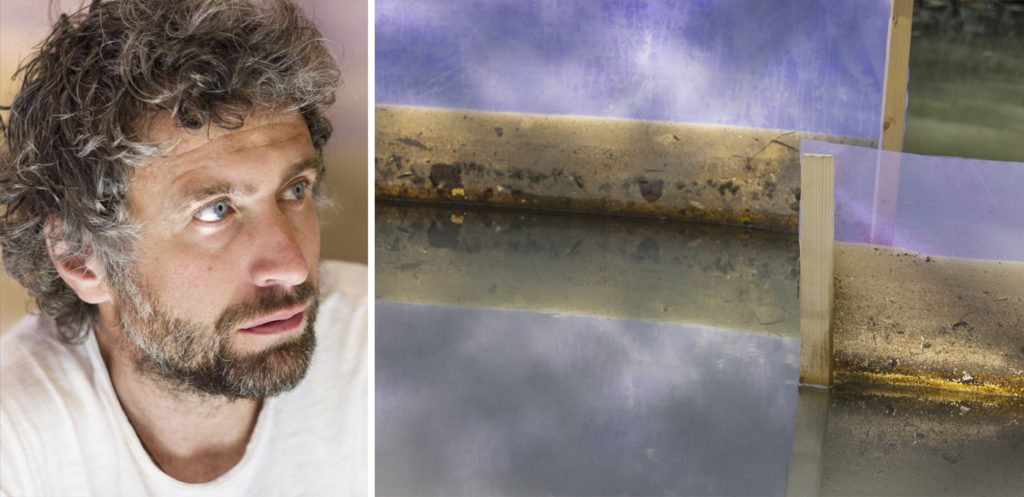
“And if the vain thoughts which surround thy mind
had not been Elsa water”
The Divine Comedy, Purgatory, XXXIII, vv. 67-68
These are the words with which, in the last Chant of Dante Alighieri’s Purgatory, Beatrice describes the distorted thoughts of Dante, guilty of having clouded his genius just like the chalky and calcareous minerals in the waters of the tuscan Elsa river.
ELSA aims to reflect upon the philosophical concept of interdependence between man and nature, which date back to ancient times: in the oral traditions of ancient India, in the naturalistic Taoist and Chinese chan philosophies, reaching the maximum refinement and synthesis in the Zen doctrines for which the human being is an integral part of the system, time’s a continuous present, past and future are conceptual facilitation that adhere to the schematicity of the human mind. In the 1970s, thanks to the studies of Fritjof Capra, these reflections are widely argued and diffused also among the Western intellectual milieu. The discussion on man-nature interdependence was central within the Arte Povera movement; Germano Celant had already examined the subject in artistic and aesthetic terms in the 1960s.
The artistic work of Ghezzi begins from the individual as an element that’s integrated into the ecosystem to which it belongs, in a continuous flow of time.
The artist starts from a knowledge of the natural system and pursues an inner research through which he daily confronts himself with the adversities of the elements and spectacular successes that reveal an appearance of perfection.
This is gathered in simple but refined canvases whereon the mastery of man becomes art, enhanced by the humility and respect with whom he approaches the elements: a sense of atavistic belonging to the ecosystem, a circularity wherein the human element is both the creator of the artifact and the accomplice of the environment in whom it acts, a balanced and realistic symbiosis between all the elements that constitute the ordered chaos in which to explore and from which to select. Rivers, lakes, water in all its forms, but also air, earth and living beings are the palette from which Ghezzi takes his colors, the time of nature becomes that of creation and the succession of the daily life cycle’s the primary inspiration.
Elsa is a complex organism in whose veins flows water, innervated by vegetable and animal lives and their stories; he speaks a language that we do not always understand.
Man, in the person of Roberto Ghezzi, is an intermediary: he translates that language for us. Thanks to Ghezzi’s work, Elsa finds a voice to tell its stories, becoming an artist itself.
Elsa, in Ghezzi’s canvases, has never been more alive.
Roberto Ghezzi was born in Cortona in 1978, where he currently lives and works.
Grandson of the renowned artist Gino Ghezzi, he began painting very early, attending the family studio of sculpture and painting.
Over the years he deepens the technique of his artistic language at the “Perceptive Processes” School at Piero della Francesca Art Institute in Arezzo and subsequently attending the Florence Academy of Fine Arts.
Since the 1990s he has held solo exhibitions in some of the most prestigious Italian and foreign exhibit venues, creating works, research and artistic residences in wild places in Alaska, Iceland, South Africa, Tunisia and Norway.
Ghezzi’s early works restored the natural landscape through his gaze, with a mimesis of the phenomenal datum, while the current research, reshaping the relationship between representation and reality and between artist and work, led to a total abandonment of the usual pictorial tools in favor of a new way of conceiving artistic expression.
LOCATIONS ELSA
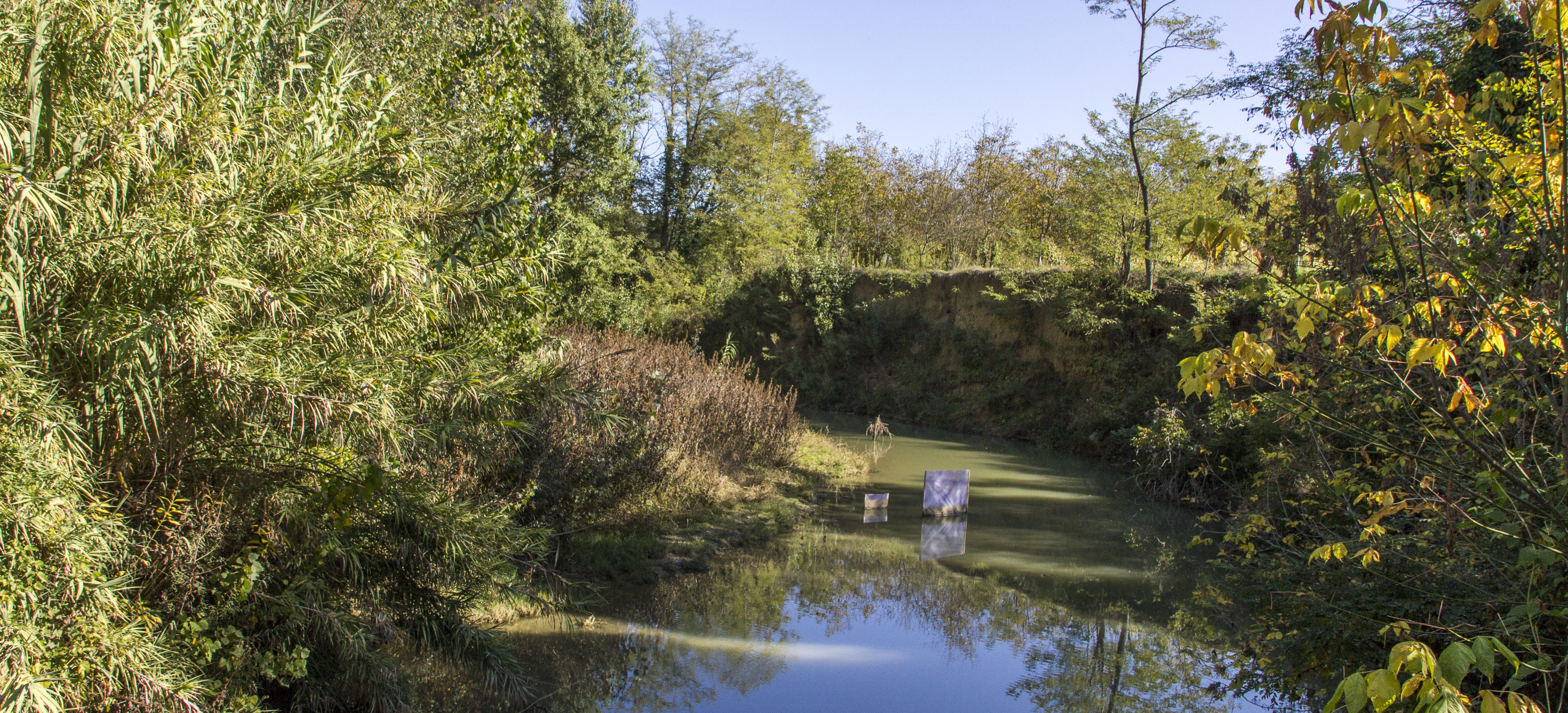
Elsa è un fiume toscano lungo circa 70 km che, oltre a essere caratterizzato da una notevole salinità data dalla presenza di solfato e di calcio, ha un’altra peculiarità: una doppia vita, o meglio, una vita in morte. Nasce infatti da tre diverse sorgenti nei pressi della pieve di Molli nel comune di Sovicille, sul versante sud-est della Montagnola Senese, ma il primo tratto, che procede attraverso il Piano della Speranza ed il Pian dell’Olmino nei comuni di Casole d’Elsa e di Colle Val d’Elsa, ha una portata scarsa, essendo alimentato quasi esclusivamente dalle acque piovane, e viene quindi chiamato “Elsa morta”.
A Onci, nei pressi di Gracciano, frazione di Colle Val d’Elsa, l’Elsa rivive grazie all’afflusso delle acque provenienti dalle Vene, sorgenti di acqua calda utilizzate come area termale già in epoca etrusca, che lo arricchiscono tingendolo di un particolare colore turchese e dandogli un leggero odore sulfureo. Nei pressi di Poggibonsi riceve anche le acque dello Staggia, del Foci e del Drove, quindi oltrepassa la pescaia di Ulignano nel comune di San Gimignano e giunge velocemente nei comuni di Barberino Val d’Elsa e di Certaldo, ricevendo gli affluenti Avane, Zambra, Casciani e Agliena.
“Elsa Viva” fluisce tra rilievi collinari bassi e tondeggianti, bagnando da sud a nord tutti i comuni della Valle cui dà il nome, e termina il suo corso unendosi all’Arno al confine tra la provincia di Firenze e quella di Pisa.
Elsa is a tuscan river about 70 km long, characterized by a remarkable salinity due to the presence of sulphate and calcium, and by another peculiarity: a double life, or rather, a life in death. It originates from three different headwaters near the parish church of Molli in the municipality of Sovicille, on the south-eastern side of the Montagnola Senese, but the first stretch of the river, the one who proceeds through Piano della Speranza and Pian dell’Olmino in the municipalities of Casole d’ Elsa and Colle Val d’Elsa, has a scarce range, being fed almost exclusively by rainwater, and is therefore called “Elsa morta” (dead Elsa).
In Onci, near Gracciano, a fraction of Colle Val d’Elsa, Elsa river relive thanks to the water inflow from the Veins, hot water springs used as a thermal area even in the Etruscan era, which enrich Elsa with a particular turquoise color and by giving it a slight sulphurous smell. Near Poggibonsi, Elsa receives the waters of the Staggia, the Foci and the Drove, then it goes beyond Ulignano in the municipality of San Gimignano and quickly reaches the municipalities of Barberino Val d’Elsa and Certaldo, receiving Avane, Zambra, Casciani and Agliena affluents.
“Elsa Viva” (Elsa alive) flows between low and rounded hills, wetting from south to north all the towns of the valley from which it takes its name, and ends its course by joining the Arno river on the border between the provinces of Florence and Pisa.
LOCATIONS NOUS ART GALLERY | SAN GIMIGNANO
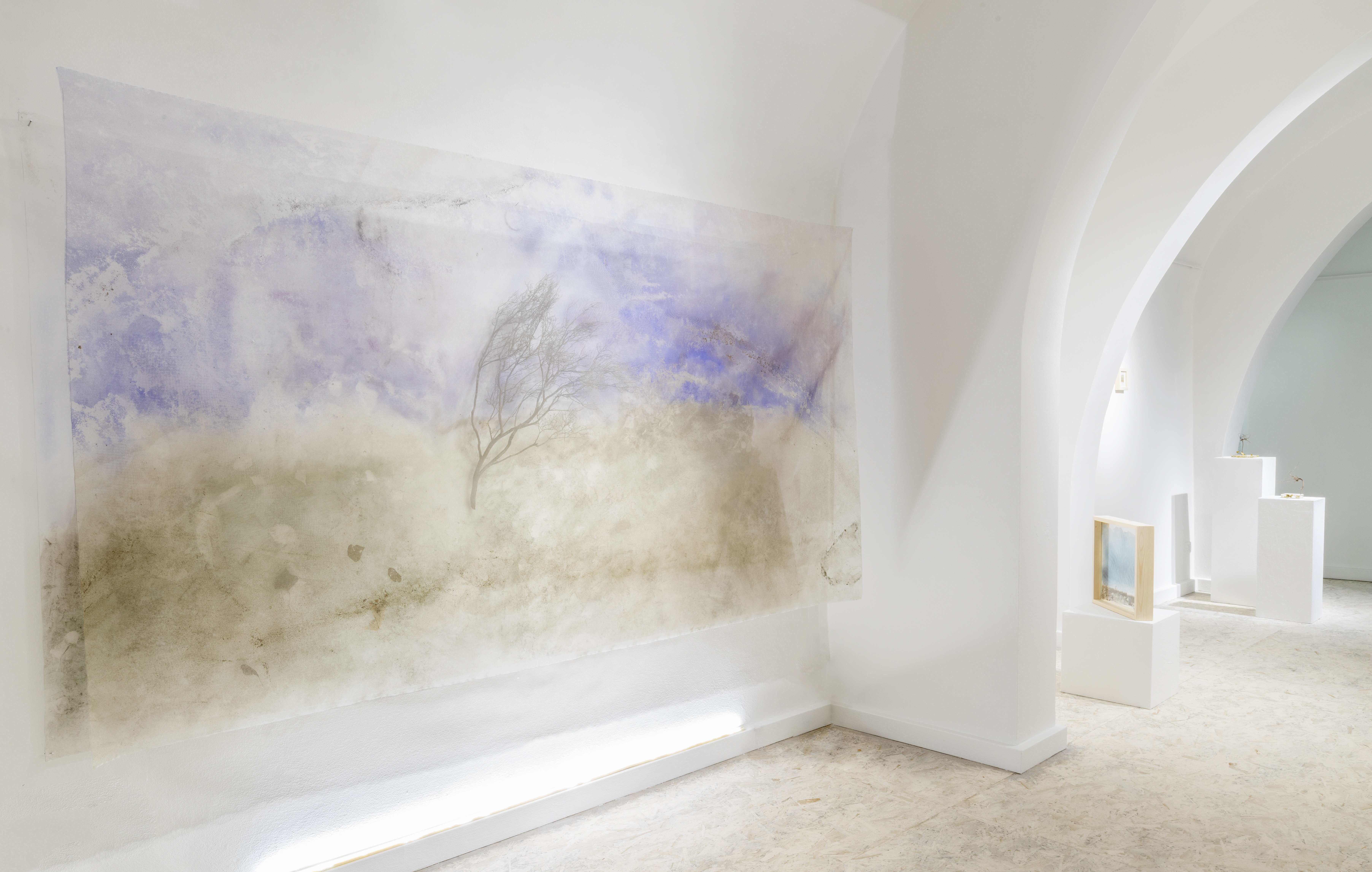
Photo Ela Bialkowska – Okno Studio
L’ARTE RIEVOCA I PIU’ PROFONDI ISTINTI UMANI
Comunemente tradotto come ‘mente’ o ‘intelletto’, la parola greca ‘Nous’ è una parola chiave nelle filosofie di Platone, Aristotele e Plotino. Ciò che dà a Nous il suo significato speciale non è esclusivamente ciò che ritroviamo alla sua voce nel dizionario – anche altri sostantivi in greco possono significare ‘mente’ – ma il valore attribuito alla sua attività e allo stato metafisico delle cose che sono ‘noetiche’ (intelligibili e incorporee), come distinte dall’essere percepibili e corporee.
Nous Art Gallery è una galleria dalla vocazione ambientale al cui interno è ospitata un’esposizione permanente che, sviluppata e arricchita di anno in anno, raccoglie un corpus di artisti europei i quali interpretano, attraverso molteplici linguaggi, la complessa relazione tra l’uomo e la Terra. La sede principale della galleria si trova a San Gimignano in Via Cellolese, vicino Piazza Sant’Agostino, una delle aree più suggestive e culturalmente attive tra le mura antiche di un paese che ha saputo anche accogliere e valorizzare realtà artistiche contemporanee.
L’intento di Nous Art Gallery è promuovere l’arte per portare in primo piano saperi, esperienze e connessioni da e verso la natura.
Nous ha come obiettivo riunire l’artista e il pubblico verso l’osservazione, la contemplazione, e l’esplorazione del mondo vivente.
Nous valorizza l’espressione artistica come esperienza di vita, rispettando l’appartenenza dell’essere umano alla natura e all’universo, supportando il dialogo e l’interazione fra artisti toscani ed internazionali.
L’ambizione di Nous è anche quella di mettere in dialogo le arti visive con altre esperienze che coinvolgano tutti i sensi.
ART EVOKES THE DEEPEST HUMAN INSTINCTS
Commonly translated as ‘mind’ or ‘intellect’, the Greek word ‘Nous’ is a key word in the philosophies of Plato, Aristotle and Plotinus.
What gives Nous its special significance is not primarily its dictionary meaning- other nouns in Greek can also signify the mind – but the value attributed to its activity and to the metaphysical state of things that are ‘noetic’ (intelligible and incorporeal), as distinct from being perceptible and corporeal.
Nous Art Gallery is a gallery with an environmental vocation wherein a permanent exhibition is hosted, developed and enriched from year to year, bringing together a corpus of European artists who interpret, through multiple languages, the complex relationship between man and the Earth.
The main site of the gallery is located in San Gimignano, Cellolese street, near Sant’Agostino square, one of the most evocative and culturally active areas within the ancient walls of a town that has also been able to welcome and enhance contemporary artistic realities.
The intent of Nous Art Gallery is to promote art, bringing in the foreground knowledge, experiences and connections to and from nature.
Nous aims to bring the artist and the public together for observation, contemplation, and exploration of the living world.
Nous enhances artistic expression as a life-experience, respecting the belonging of the human being to nature and the universe, supporting dialogue and interaction between Tuscan and international artists.
INFORMATION:
ELSA ART EXHIBITION
ROBERTO GHEZZI | INSTALLATION | NATUROGRAFIE
Information and appointments:
Nous Art Gallery
Via Cellolese 3/D | San Gimignano (SI), Italy
+39.345.158.1209
info@nousartgallery.it | www.nousartgallery.it
Con il patrocinio di:
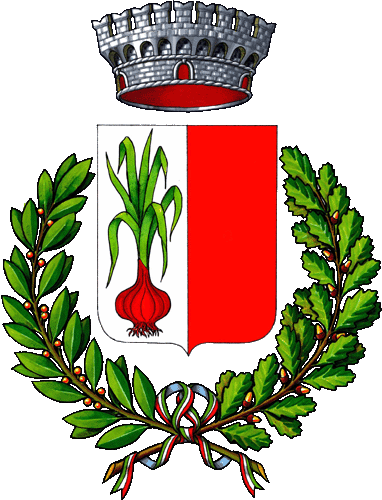
Comune di Certaldo
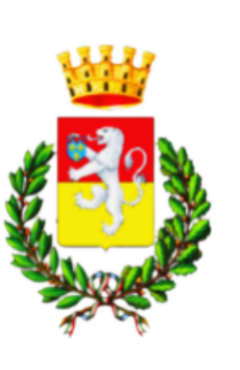
Comune di San Gimignano
For details about artist and available artworks send us a request:


